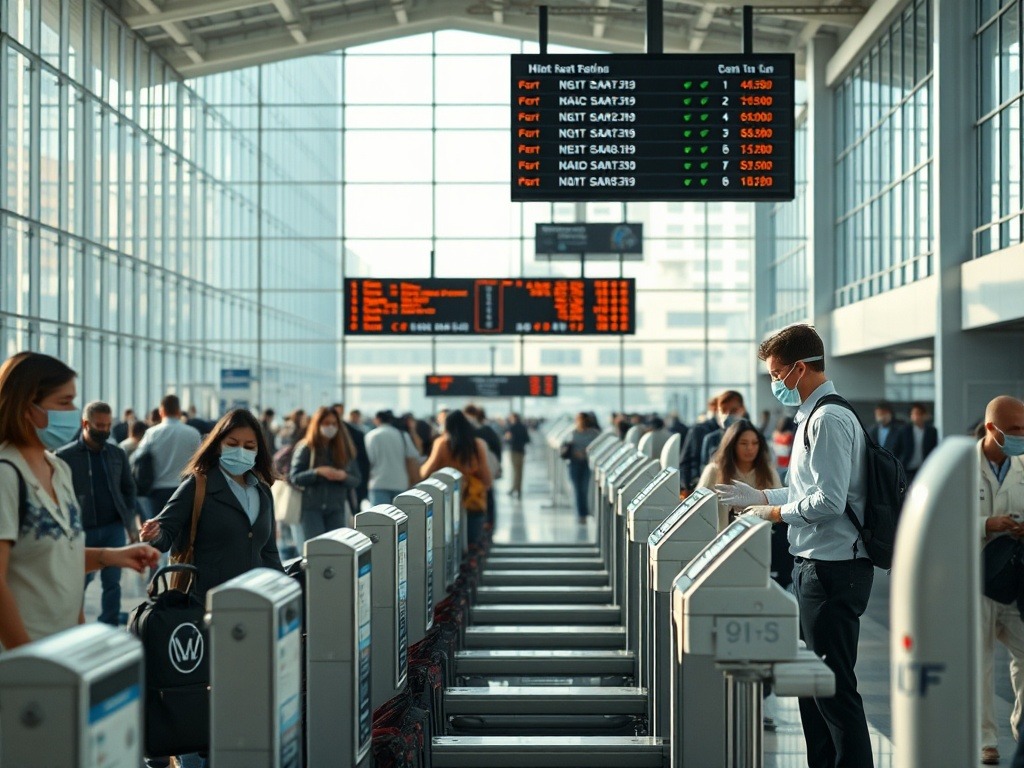Evaluating the Safety of Air Travel: Expert Insights and Precautions
Air travel has always been a complex endeavor, but during these unprecedented times, questions regarding safety have taken the forefront. If you're contemplating a trip that necessitates flying, understanding the dynamics of safety in air travel is crucial. From the intricacies of cabin air circulation to handling shared surfaces at airports, there are several factors to consider. Comprehensive insights and expert advice can help demystify these challenges and make your journey as safe as possible.
Understanding Cabin Air Quality on Flights
Flying poses unique risks, but one distinct environment-related question pertains to "how safe is it to fly right now" concerning the air quality inside an airplane. While concerns are valid, it's reassuring to know that aircraft are equipped with advanced ventilation systems. These systems have been likened to those used in medical operating theaters. Airplanes extract fresh air from outside and mix it with cabin air filtered through HEPA (high-efficiency particulate air) filters. These filters effectively capture particles much smaller than the viral pathogens of concern.
The design of airflow within the cabin plays a pivotal role in minimizing infection risks. Air moves from the top of the cabin downward and is expelled through floor vents. Studies by aircraft manufacturers, like Airbus and Boeing, accentuate that in-flight airflow systems limit the lateral spread of airborne particles significantly. However, experts, including Dr. Julian Tang, emphasize that despite effective vertical airflow, seat proximity poses challenges for short-range transmission during conversations.
Identifying Additional Risks Within the Aircraft
Even with robust ventilation, flying isn't devoid of risks, particularly the risk of viral transmission via surfaces or interpersonal contact. Evidence based on previous infections has shown that shared cabin features, such as armrests and tray tables, are potential vectors for transmission. It's essential to remember that engaging face-to-face with other passengers increases vulnerability. Additionally, flight crew interactions, although necessary, are another avenue for potential exposure.
Navigating Airport Risks
Airports, high in foot traffic, also present safety questions. While social distancing is more feasible here than onboard flights, efficiently designed ventilation systems aren't prevalent. The expansive ceilings and spread-out ventilation make efficacy questionable, according to Dr. Tang. Moreover, airport surfaces—from kiosks to baggage claims—remain potential hazards for contact transmission. Dining areas in particular warrant cautious interaction as they involve handling shared surfaces.
Enhanced Safety Measures by Airlines and Airports
To address these concerns, airlines have implemented several safety measures. Many ensure middle seats remain empty to foster distancing—a strategy supported by studies from the Massachusetts Institute of Technology emphasizing reduced risk. Electrostatic sprays disinfect planes, and airlines supply sanitizing kits, containing masks and wipes, to passengers. Similar preventive steps are visible in airports, with increased sanitization protocols, strategic use of plexiglass, and encouraging passengers to manage their items during checks.
Face masks have become a staple, mandatorily enforced in most airlines and various airport scenarios, contributing significantly to risk reduction, as supported by current research.
Strategies for Personal Safety When Flying
Ultimately, the only way to nullify travel risks is abstention. However, if air travel is necessary, strategic planning is essential. From the point of departure, be aware of prevailing infection rates at both origin and destination. For high-risk flights, such as being seated close to others, try selecting window seats to minimize passenger contact.
Simple practices like bringing your own hand sanitizer and disinfectant wipes and utilizing wall-mounted air vents for a bespoke airflow barrier bolster safety. Adhering to mask mandates isn't merely a suggestion; it's a strategy that significantly curtails the spread of infectious particles, protecting both you and your fellow travelers.
Flight safety measures are multifaceted but not insurmountable. By staying informed and vigilant, you can contribute positively to the overall safety of your travel experience. Whether traveling for necessity or leisure, the goal remains to mitigate risk effectively through precaution and awareness.



